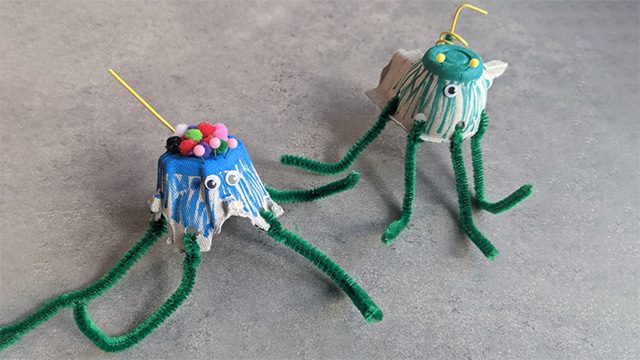
School Break Bio! Sessions
Looking for something fun to do over school break?
Join us and add some DNA to your day!
Get a jump start on summer science, and sign up for some of our most popular camps over spring break! April sessions are identical to summer, with the same curricula and schedules. See below for available camps and locations. Too busy in April? Check out the summer schedule for more options.
Filter by:
-
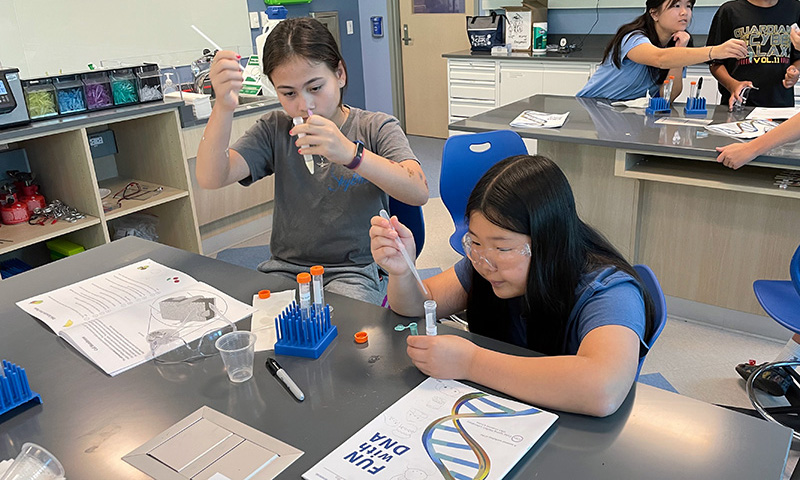
Fun with DNA Camp
Currently in grades 5–6
Cold Spring Harbor & Sleepy Hollow
April 14–18 or April 15–18, 2025 -
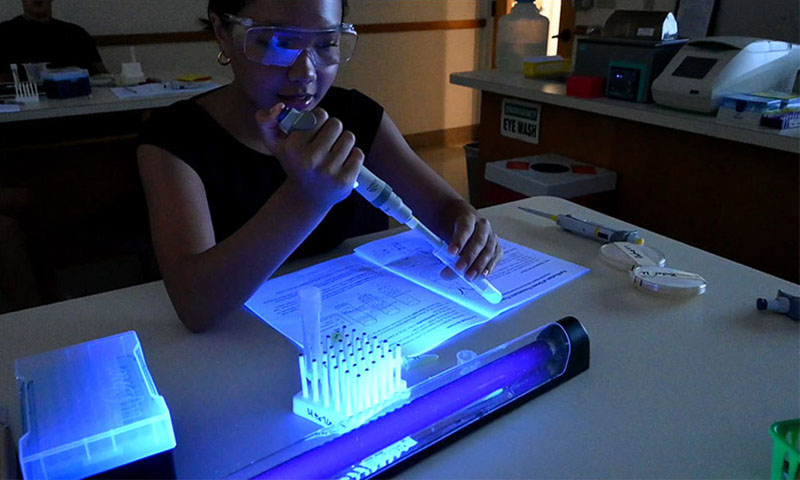
Green Genes Camp
currently in grade 8 or World of Enzymes alumni currently in grade 7
Brooklyn
April 14–18, 2025 -
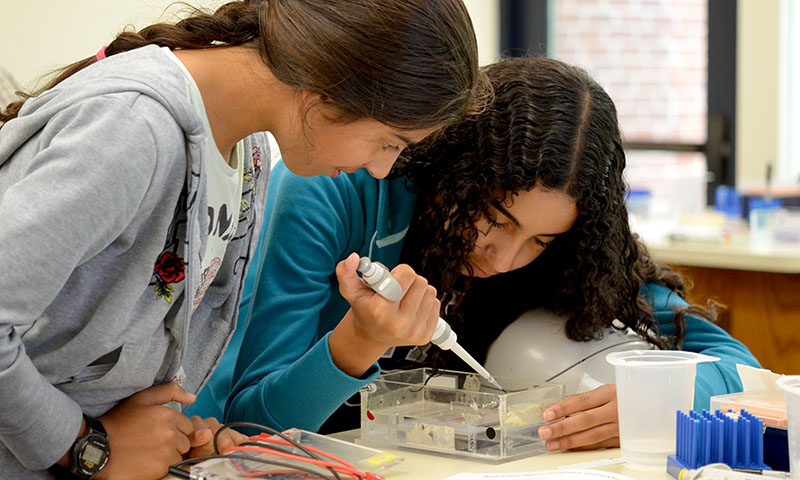
DNA Science Camp
currently in grades 9–12
Cold Spring Harbor & Sleepy Hollow
April 14–18, 2025 -
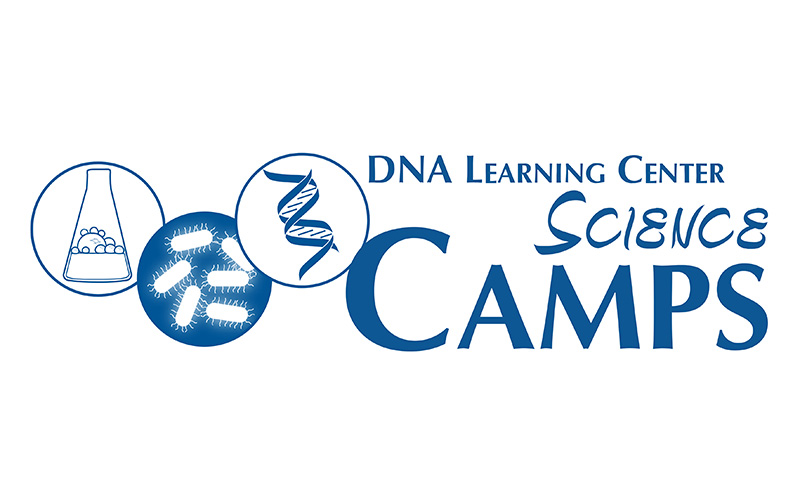
Enroll Now
Past Event
Mighty Microbes
Dolan DNA Learning Center
Cold Spring Harbor, NY
Grades 6–8
Looking for something fun and educational to do over winter break? Dive into the fascinating world of microbes and explore their essential roles in the environment and our bodies. Through fun hands-on lab activities, campers will explore the diversity of microscopic life and key techniques used in microbiology to identify and manage microbes.
Participants will:
- Culture harmless bacteria and fungi;
- Investigate factors that affect growth of microbes, such as yeast;
- Perform Gram Stains to classify different types of bacteria;
- Use compound microscopes to study microbial traits;
- Explore how antibiotics work, and the growing challenge of antibiotic resistance.
Details:
February 18–21, 2025 (Tuesday to Friday)- 9:00 a.m.–12:00 p.m.
- Appropriate for grades 6–8
- $250 per student plus Eventbrite fee
- Dolan DNA Learning Center
334 Main St, Cold Spring Harbor, NY 11724 - Directions

Past Event
GFP Mutagenesis
DNA Learning Center NYC at City Tech
Brooklyn, NY
Grades 9–12
Have you ever noticed all the different colors of glowing fish at a pet store? They were made by introducing versions of a Green Fluorescent Protein (GFP) gene from jellyfish that were mutated to be different colors! Researchers mutate genes in the lab to learn about their impact on traits. Join us to use PCR and cutting-edge DNA assembly techniques commonly used by researchers in the lab to mutate genes, and change the color of GFP yourself!
Participants will:
- Learn how to design PCR primers to create a point mutation in a gene of interest;
- Introduce a specific mutation in a GFP-coding plasmid by PCR;
- Transform bacteria with mutated plasmids;
- Observe, extract, and purify fluorescent proteins expressed by bacteria.
Details:
February 18–19, 2025 (Tuesday & Wednesday)- 10:00 a.m.–2:00 p.m.
- Appropriate for students in grades 9–12
- $150 per student plus Eventbrite fee
- DNA Learning Center NYC at City Tech
62 Tillary St, Brooklyn, NY 11201 - Directions
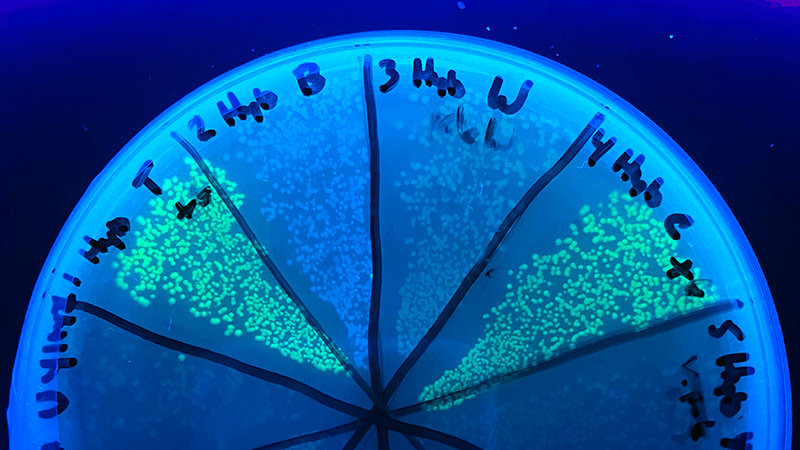
Past Event
Mendelian Critters: Inheritance of Traits
Regeneron DNA Learning Center
Sleepy Hollow, NY
Grades 6–8
Have you ever wondered how you inherited traits like your eye color, height, or love of certain foods? It’s all coded in your genes! In this session, we will learn about an early scientific discovery that led to our understanding of how traits are passed down from our biological parents and why we don’t look exactly like our parents or siblings. We will then apply these laws of heredity to create fictitious creatures and predict what the next generation will look like.
Participants will:
- learn how traits are passed down and talk about Gregor Mendel’s scientific discoveries;
- use Punnett Squares to predict how traits are passed from parents to offspring, then build the resulting offspring;
- explore heredity by observing some of their own physical characteristics.
Details:
Thursday, February 20, 2025- 10:00 a.m.–12:00 p.m.
- Appropriate for grades 6–8
- $25 per student plus Eventbrite fee
- Regeneron DNALC
1 Rockwood Road Sleepy Hollow, NY 10591 - Directions
